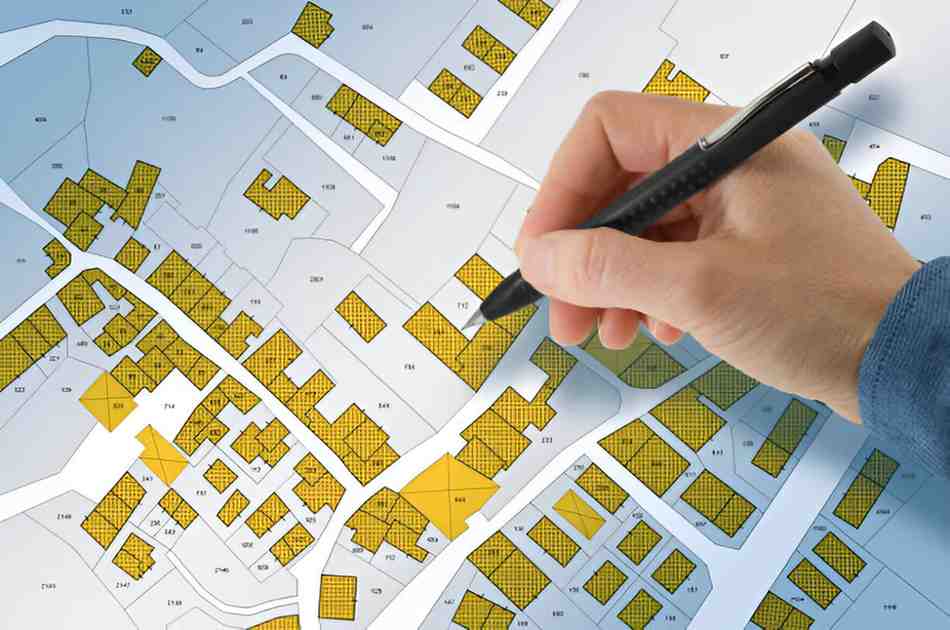Marketing logistics might sound like a niche topic, but it’s the backbone of any successful business. Without efficient logistics, even the best marketing campaigns fail to convert interest into sales. In this guide, I’ll break down the fundamentals of marketing logistics, explain why it matters, and show you how to optimize it for maximum efficiency.
Table of Contents
What Is Marketing Logistics?
Marketing logistics refers to the process of planning, implementing, and controlling the physical flow of goods from production to consumption. It ensures that the right product reaches the right customer at the right time. Unlike general logistics, marketing logistics focuses on aligning supply chain operations with marketing strategies to enhance customer satisfaction and profitability.
The Core Components of Marketing Logistics
- Inventory Management – Balancing stock levels to meet demand without overstocking.
- Order Processing – Ensuring orders are fulfilled accurately and quickly.
- Warehousing – Storing products efficiently to reduce costs.
- Transportation – Choosing the best shipping methods to minimize delays.
- Customer Service – Handling returns, exchanges, and complaints smoothly.
Why Marketing Logistics Matters
Poor logistics can sink even the most well-funded marketing campaigns. Imagine running a Black Friday promotion but failing to deliver products on time. Customers get frustrated, refunds spike, and brand reputation takes a hit.
The Cost of Inefficient Logistics
According to a 2023 study by Deloitte , companies lose up to 25% of potential revenue due to logistical inefficiencies. The math is simple:
Revenue\ Loss = (Potential\ Sales) \times (0.25)If your marketing campaign generates $1,000,000 in potential sales, poor logistics could cost you $250,000.
Optimizing Marketing Logistics
1. Demand Forecasting
Accurate demand forecasting prevents stockouts and overstocking. A common method is moving average forecasting, which smooths out demand fluctuations.
Forecasted\ Demand = \frac{\sum (Actual\ Demand\ for\ n\ Periods)}{n}Example: If sales for the last three months were 200, 250, and 300 units:
Forecast = \frac{200 + 250 + 300}{3} = 250\ unitsTable 1: Demand Forecasting Methods Comparison
| Method | Best For | Complexity | Accuracy |
|---|---|---|---|
| Moving Average | Stable demand | Low | Medium |
| Exponential Smoothing | Seasonal fluctuations | Medium | High |
| Regression Analysis | Long-term trends | High | Very High |
2. Warehouse Optimization
Efficient warehousing reduces costs and speeds up order fulfillment. The Economic Order Quantity (EOQ) model helps determine the optimal order size to minimize holding and ordering costs.
EOQ = \sqrt{\frac{2DS}{H}}Where:
- D = Annual demand
- S = Ordering cost per order
- H = Holding cost per unit per year
Example: If annual demand is 10,000 units, ordering cost is $50, and holding cost is $2 per unit:
EOQ = \sqrt{\frac{2 \times 10000 \times 50}{2}} = 707\ units3. Transportation Strategy
Choosing between in-house logistics vs. third-party logistics (3PL) depends on cost and scalability.
Table 2: In-House vs. 3PL Comparison
| Factor | In-House Logistics | 3PL Providers |
|---|---|---|
| Cost | High upfront | Pay-as-you-go |
| Scalability | Limited | Highly flexible |
| Control | Full control | Less control |
| Expertise | Requires training | Specialized |
4. Customer-Centric Returns Management
A smooth returns process builds trust. Research by Narvar shows that 95% of customers will shop again if returns are hassle-free.
Real-World Example: Amazon’s Logistics Dominance
Amazon’s success isn’t just due to marketing—it’s their logistics. Their Fulfillment by Amazon (FBA) system ensures two-day deliveries, reducing cart abandonment.
Common Pitfalls to Avoid
- Ignoring Lead Times – If suppliers take 30 days to deliver, promotions must account for this.
- Overlooking Last-Mile Delivery – The final delivery leg is the most expensive and critical.
- Poor Inventory Visibility – Real-time tracking prevents stockouts.
Final Thoughts
Marketing logistics isn’t glamorous, but it’s what separates thriving businesses from struggling ones. By mastering demand forecasting, warehouse efficiency, and transportation strategies, you can turn logistical challenges into competitive advantages. Start small, measure results, and scale intelligently.





